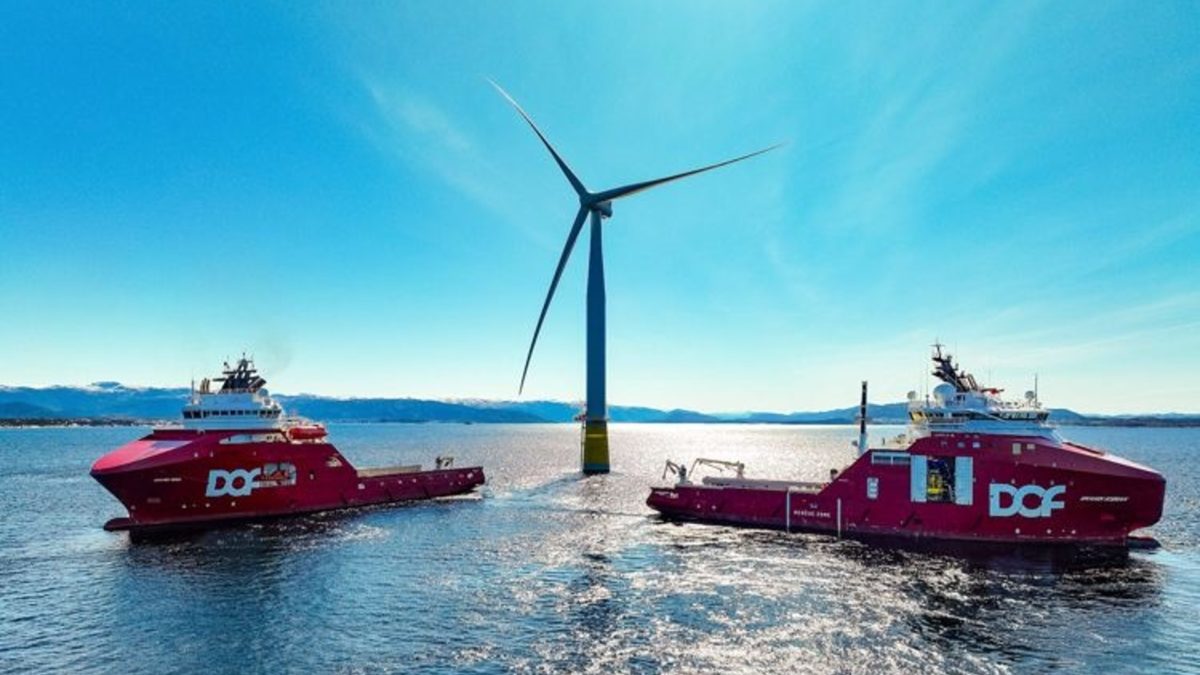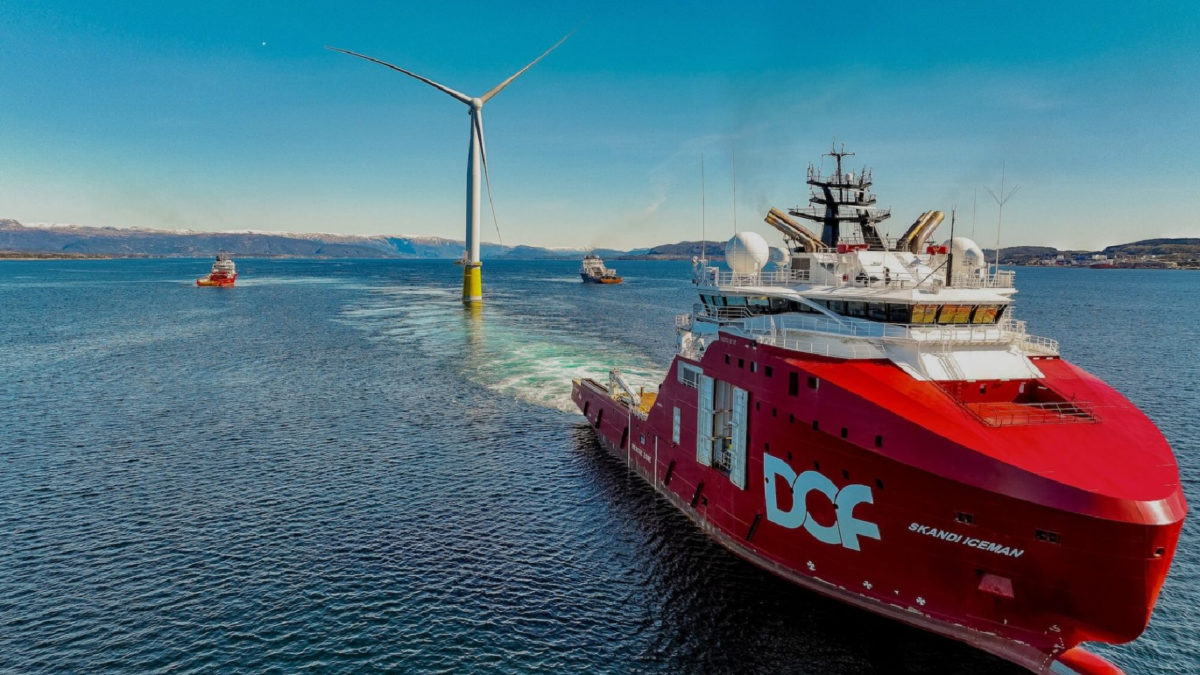Background
The oil and gas industry is Norway’s most important export industry. Crude oil, natural gas, and condensate accounted for 73 percent of total Norwegian goods exports in 2022 – a total of 1,900 billion NOK.
Another and expectedly significant industry is being created. Offshore wind. Concessions for the development of Southern North Sea II, Norway’s first commercial offshore wind farm have been issued. Preparations for development are in progress.
Both oil & gas and offshore wind installations are served by offshore vessels of different types and sizes. The areas of application are many – for example, mapping and surveys, construction work, maintenance and supply.
The fleet is among the largest and most valuable in the world, but also has significant CO2 emissions.
On the basis of the operating companies’ requirements, these ships have traditionally been at the forefront of the introduction of new technology and new fuels.
In the coming years, it is expected that additional requirements and rules will entail a significant green transition in this fleet as well. This applies regardless of whether the ships will serve oil and gas installations or take part in the development and subsequent operation of offshore wind.
New ships must therefore be built. Old ships may have to undergo retrofitting.
Transition-linked financing is any form of financing where financial terms are linked to the achievement of stated goals, such as a percentage reduction in greenhouse gas emissions.
Four large Nordic financial groups have previously developed standards for what restructuring entails in the form of environmental and climate-related KPIs through GSP.
Sparebanken Vest, which is leading the pilot discussed here, is itself an active user of this framework. Sparebanken Vest has also taken the framework further with regard to use in relation to the fishing fleet.
In this pilot, the focus is on the offshore fleet.
In order to reduce emissions through fleet renewal, transition-linked financing can play a crucial role. Transition-linked financing can increase the profitability of low- and zero-emission solutions through advantageous loan terms, thereby accelerating the green transition.
The goal of the pilot study
Define criterias, including key performance indicators (KPIs), with specified emission reductions that must be achieved in order to qualify for transition-linked financing for different types of ships within the offshore industries.
The overall goal of the pilot
Deliver advantageous loans for sustainable transition-linked projects for the Norwegian offshore fleet.
Status
The pilot will start up soon. Kick-off of the pilot is planned for early June.
Interested partners are still welcome to register their interest in participating in the pilot.
October 2024
The work has defined work packages. The first three have been initiated:
- Mapping green transition
- Mapping framework
- Scope ship types
It will be crucial for the pilot to find good measurement methods that concretely demonstrate that offshore shipping companies achieve reduced emissions. The ongoing work package – 3. Scope ship types – will therefore be very important and requires thorough work in the selection process.


